Shopify Product Display Apps: Arbor ― Carbon Transparency vs Pixc: Visual Merchandising

Table of Contents
- Introduction
- How Does Arbor ― Carbon Transparency Work?
- How Does Pixc: Visual Merchandising Work?
- How Much Does Arbor ― Carbon Transparency Cost?
- How much does Pixc: Visual Merchandising cost?
- Cost Analysis: Arbor ― Carbon Transparency vs. Pixc: Visual Merchandising
- User Reviews & Customer Support Insights
- Integration and Compatibility Comparison
- Conclusion
Introduction
Understanding product display is crucial in e-commerce as up to 93% of consumer decisions are influenced by visual appearance. The role of product display apps cannot be overstated; they enhance the browsing experience, boost conversion rates, and help businesses communicate their brand story effectively. In this blog post, we’ll delve into two noteworthy applications: Arbor ― Carbon Transparency and Pixc: Visual Merchandising. Both focus on improving product display, but their approaches and functionalities differ significantly. Arbor specializes in carbon transparency for environmentally conscious shoppers, while Pixc emphasizes visual merchandising by organizing product listings by color.How Does Arbor ― Carbon Transparency Work?
Arbor ― Carbon Transparency is designed with a specific aim: to empower businesses to visualize their apparel's environmental impact. The app offers an efficient way to calculate and display the carbon footprint of products, promoting sustainability in the fashion industry.Main Features:
-
Carbon Footprint Calculation:
- This feature automatically calculates the carbon emissions associated with apparel products.
- Utility: It's beneficial for businesses of all sizes — startups can appeal to eco-conscious customers, while large enterprises can showcase their commitment to sustainability.
-
Comparative Analytics:
- Users can evaluate how their carbon footprint stacks up against similar products.
- Utility: Small to medium businesses can leverage this information to refine their marketing strategies by highlighting lower emissions.
-
Product-Page Widget:
- This feature allows for displaying environmental impacts directly on product pages.
- Utility: This ensures that customers are informed about sustainability, increasing transparency and trust.
-
Customizable Display:
- Businesses can tailor the widget's look and feel, aligning it with their branding.
- Utility: Customized displays can help startups stand out and reinforce brand identity.
-
Built-in Analytics:
- The app provides insights into how these changes can enhance overall e-commerce metrics.
- Utility: Large enterprises benefit from comprehensive data interpretations that influence larger business decisions.
Hypothetical Scenario: Imagine a small eco-friendly clothing brand using Arbor. By displaying the carbon footprint of their products alongside competitor metrics, they can effectively market themselves to environmentally conscious consumers, significantly increasing conversion rates.
How Does Pixc: Visual Merchandising Work?
Pixc: Visual Merchandising aims to enhance the shopping experience by organizing products based on color. Visual appeal is key in e-commerce, as an aesthetically pleasing catalog can significantly influence customers' purchasing decisions.Main Features:
-
Automatic Organization by Color:
- The app automatically sorts product images according to color.
- Utility: This feature makes it easier for customers to find what they’re looking for, potentially leading to higher sales.
-
Manual Adjustment Capabilities:
- Users can adjust the sequence in which products appear, allowing for flexibility.
- Utility: Startups can curate collections based on seasonal trends more efficiently.
-
Brand Story Communication:
- This tool helps businesses build and convey their brand narrative more effectively.
- Utility: Effective storytelling can be crucial for small to medium enterprises aiming to establish a loyal customer base.
Hypothetical Scenario: Consider a fashion retailer leveraging Pixc. By dynamically organizing their colorful inventory, they not only simplify the shopping experience but also showcase their products in a vibrant and engaging manner, enhancing customer satisfaction.
How Much Does Arbor ― Carbon Transparency Cost?
In the realm of product display apps, cost-effective solutions are paramount. Arbor's pricing structure, while not expressly detailed, emphasizes value concentration in their features.- Cost: The exact pricing model is not specified.
- Features Included: Users benefit from automated calculations, product displays, analytics, and customization.
- Limitations: The absence of detailed pricing could leave potential users needing clarity on budget allocation.
- Target Audience: Ideal for startups focused on sustainability and large brands wanting to enhance transparency.
- Additional Costs: There are no noted hidden fees, but outreach for custom plans is encouraged.
It is important to note that you can always reach out to our team and we can create a custom pricing plan to suit your needs and your budget. Schedule a call via this link and we’ll come up with the best solution for you and your business.
How much does Pixc: Visual Merchandising cost?
An understanding of costs associated with product display is crucial for effective business planning. Currently, Pixc does not provide explicit pricing tiers, which might pose limitations for users budgeting for integration.- Cost: Not available.
- Features Included: Automatic organization by color and manual adjustment options.
- Limitations: Lack of transparent pricing hampers decision-making processes.
- Target Audience: Best suited for small to medium enterprises aiming for an aesthetic appeal.
- Additional Costs: No indications of additional fees are provided.
Cost Analysis: Arbor ― Carbon Transparency vs. Pixc: Visual Merchandising
When comparing Arbor and Pixc, one can see a significant difference in perceived value. Arbor, despite its cost ambiguity, likely offers more functionality geared toward sustainability, which can sway environmentally-conscious buyers. In contrast, Pixc’s focus on aesthetics is crucial but may not exhibit the same depth of market differentiation as Arbor.User Reviews & Customer Support Insights
Is Arbor ― Carbon Transparency good?
Arbor has achieved a remarkable five-star rating based on 64 reviews, indicating a high level of user satisfaction. Customers appreciate the app's intuitive interface and its focus on sustainability.Is Pixc: Visual Merchandising good?
Conversely, Pixc holds an average rating of 0 stars with no reviews. This lack of feedback leaves a gap in user experience insights, making it difficult to fully assess its effectiveness or shortcomings.Customer Support Feedback: The value of good customer support is paramount in determining usability. While specific feedback for Pixc is unavailable, Arbor’s robust reviews suggest effective support systems likely contribute to its high ratings.
User Preference: Arbor ― Carbon Transparency or Pixc: Visual Merchandising?
Given the user ratings and feedback, Arbor appears to be the favored solution. The five-star rating underscores its efficacy in offering transparency and value, while Pixc’s nonexistent reviews suggest user reservations or lesser engagement.Integration and Compatibility Comparison
Arbor ― Carbon Transparency Integrations
Arbor has not listed specific integrations, allowing for a streamlined setup process that does not overwhelm the user. This simplicity is beneficial, especially for small businesses looking to minimize technology overhead.Pixc: Visual Merchandising Integrations
Likewise, Pixc does not showcase integration capabilities, which could limit its appeal in ecosystems that thrive on connectivity among different apps. A straightforward interface fosters ease of use, but partnerships are essential for expanding functionality.Conclusion
In summary, both Arbor ― Carbon Transparency and Pixc: Visual Merchandising provide value through improving product display. However, Arbor stands out as a more versatile solution, particularly for businesses aiming for sustainable practices paired with engaging visuals. Its considerable user base reflects credibility and reliability, making it a preferred choice for many. While Pixc has its merits in aesthetic organization, the alignment of features with user needs and experiences solidifies Arbor's position as the superior option in the product display landscape.Still Searching for the Perfect Customization Solution?
Stop searching and start thriving with Accentuate Custom Fields! This powerful metafield management app supercharges Shopify’s native features, giving you the tools to create a truly personalized customer experience.
Why Choose Accentuate Custom Fields?
- Advanced Customization: Unlimited field definitions, logical grouping, and custom layouts make your store one-of-a-kind.
- Enhanced Editor Experience: Effortlessly edit variant metafields, use advanced HTML and markdown editors, and sync field definitions between stores.
- Flexible Management: Import/export capabilities, automatic tagging, and comprehensive support for Metaobjects and versioning.
- 24/7 Support: If you have any questions or need assistance, our team is available around the clock to help with any custom modifications to suit your store.
Join over 12,000 merchants, including top Shopify Plus stores, who trust Accentuate for their customization needs. With a stellar 4.9-star rating, Accentuate is the go-to tool for advanced CMS needs, offering unmatched flexibility and control over your store’s content. Elevate your Shopify store with high-quality content that boosts customer experiences and conversions. Tell your story, showcase your products, and create an engaging customer journey with ease.
Experience the Accentuate difference and watch your Shopify store thrive!
Accentuate vs Competition
Explore how Accentuate Custom Fields stands out. Whether you’re aiming to customise your storefront, streamline operations or improve content management, see how we compare against the competition

Shopify Product Display Apps: FeatureFrame ‑ Pretty Product vs. AI SEO: Top Product Features

Shopify Product Display Apps: Metadrob: Create Virtual Store vs シンプルクラウドファンディング|お手軽自社クラファン
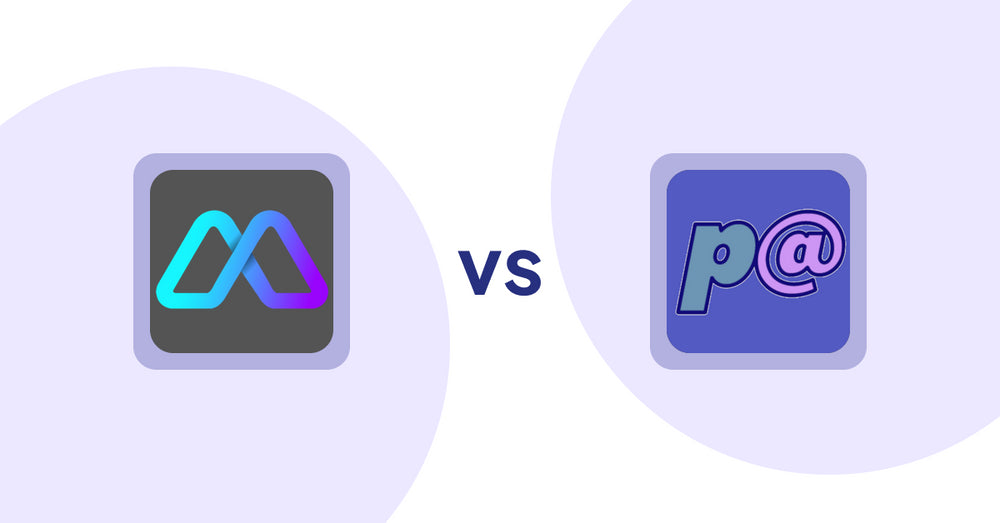
Shopify Product Display Apps: Metadrob: Create Virtual Store vs Parameterizer

Shopify Product Display Apps: Bike Matrix vs. Fast View: Fastest Quick View
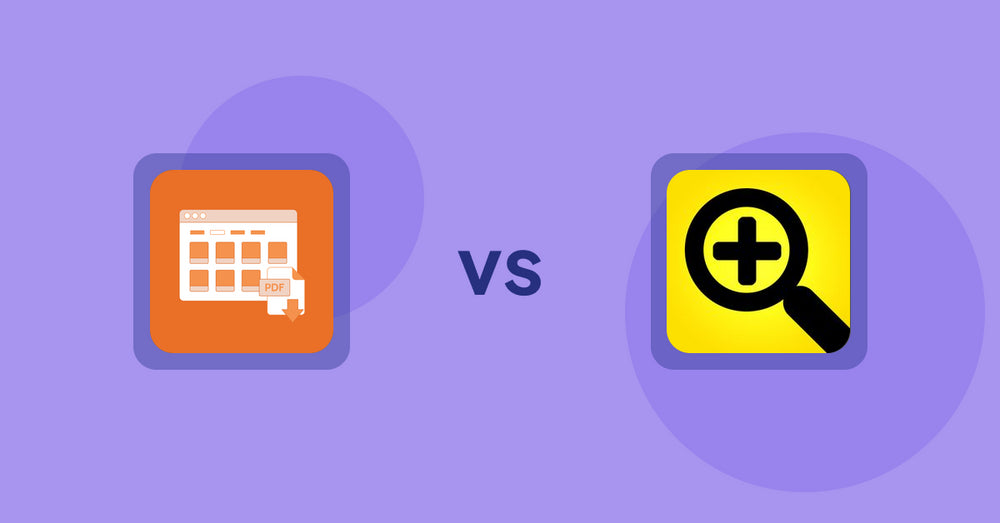
Shopify Product Display Apps: Meetanshi PDF Product Catalog vs Fast View: Fastest Quick View

Shopify Product Display Apps: UR: Smart Ranking vs Sortyfi Collection Merchandise

Shopify Product Display Apps: UR: Smart Ranking vs PDP Star
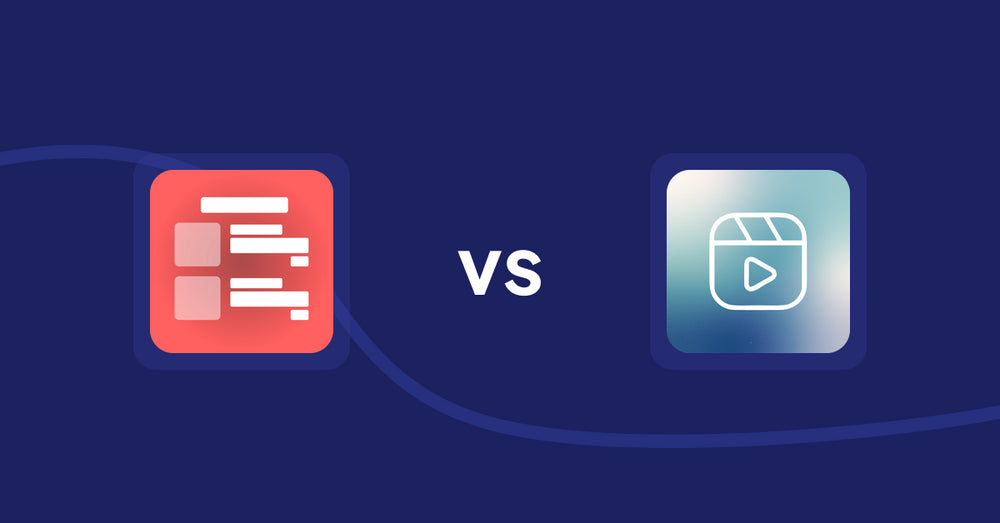
Shopify Product Display Apps: Menulog vs Reelify ‑ Shoppable Reel Video

Shopify Product Display Apps: H3 Estimated Delivery vs Findify Search & Merchandise

Shopify Product Display Apps: Wordo ‑ ChatGPT AI Description vs Urgency! Low Stock Counter
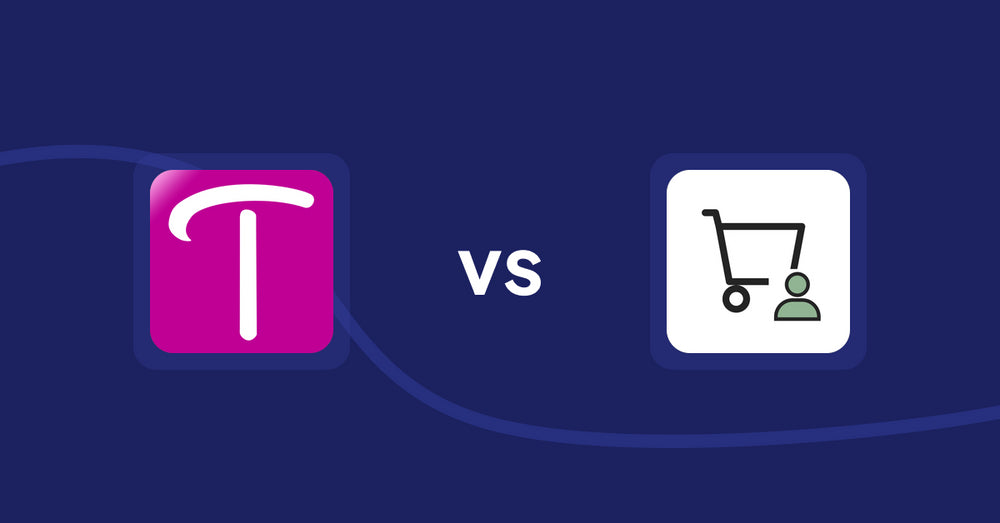
Shopify Product Display Apps: WS Transparency vs シンプル会員注文割引|お手軽ログインセール設定
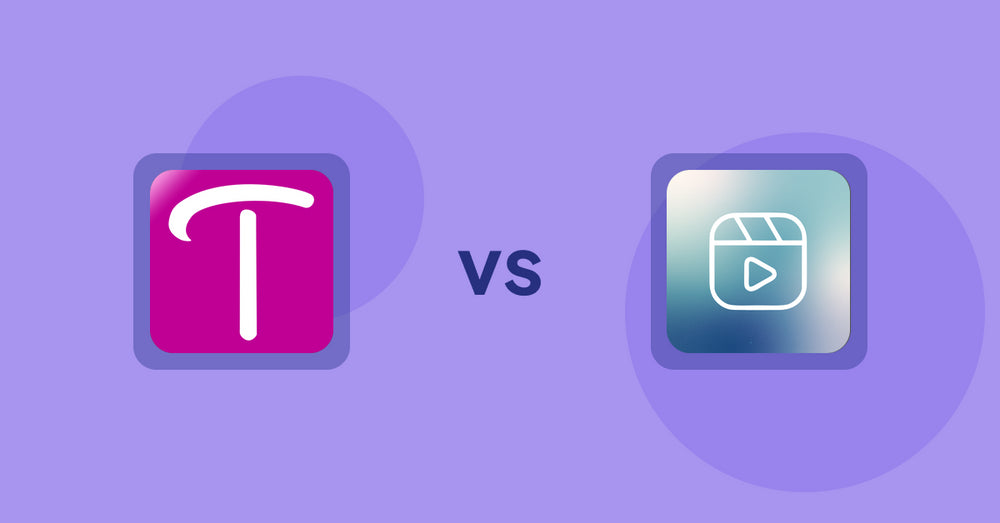
Shopify Product Display Apps: WS Transparency vs Reelify ‑ Shoppable Reel Video
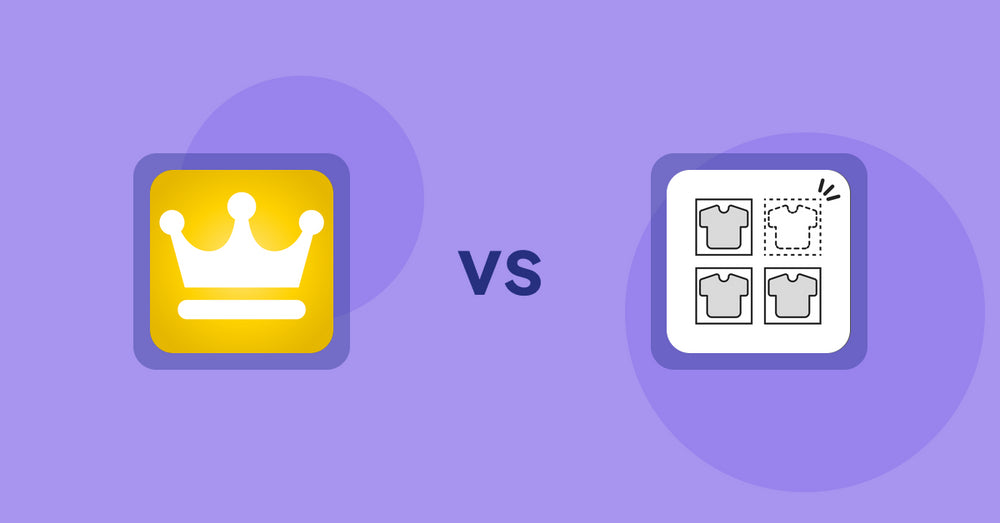
Shopify Product Display Apps: Awesome Ranking vs シンプル売り切れ非表示|在庫切れ商品の表示変更

Shopify Product Display Apps: OC Product Size Chart vs FeatureFrame ‑ Pretty Product

Shopify Product Display Apps: Shelfify vs Bike Matrix
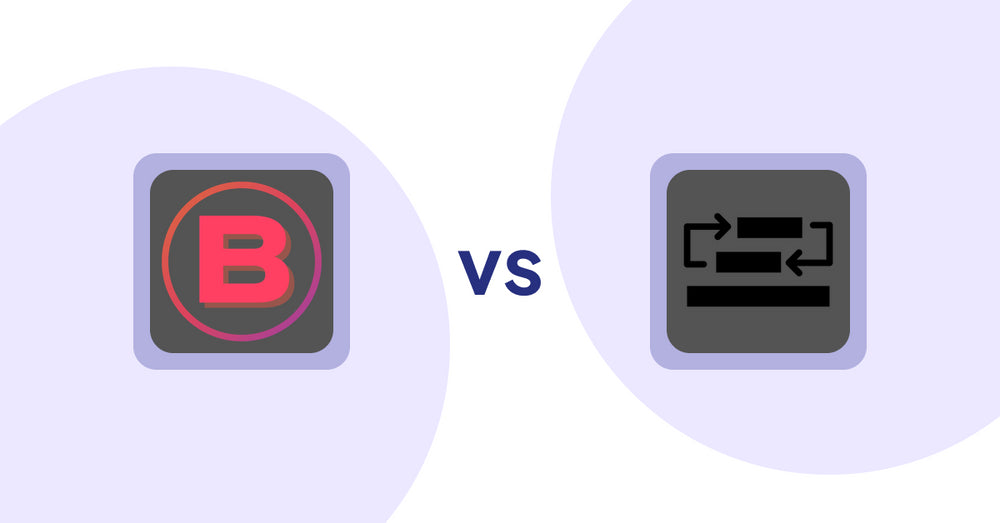
Shopify Product Display Apps: Banter Stories vs Sortyfi Collection Merchandise
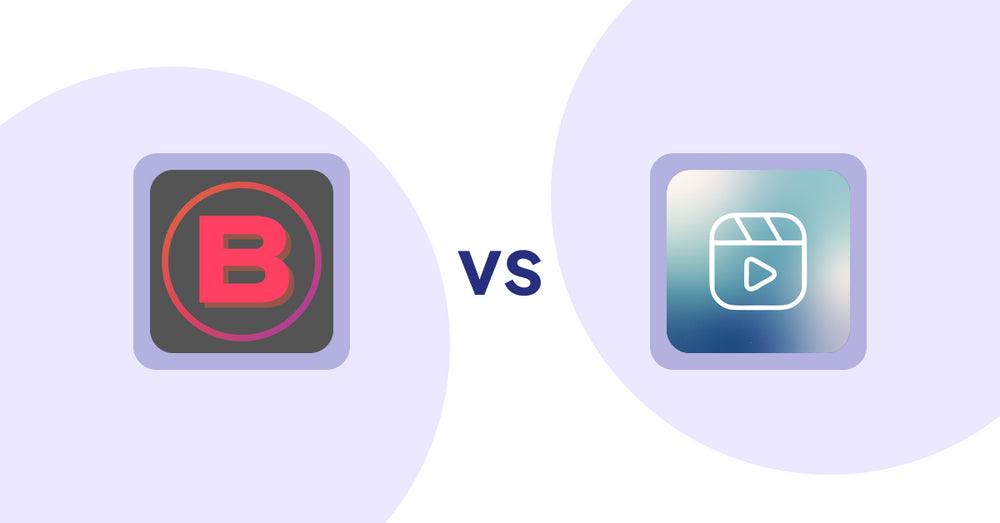
Shopify Product Display Apps: Banter Stories vs. Reelify ‑ Shoppable Reel Video
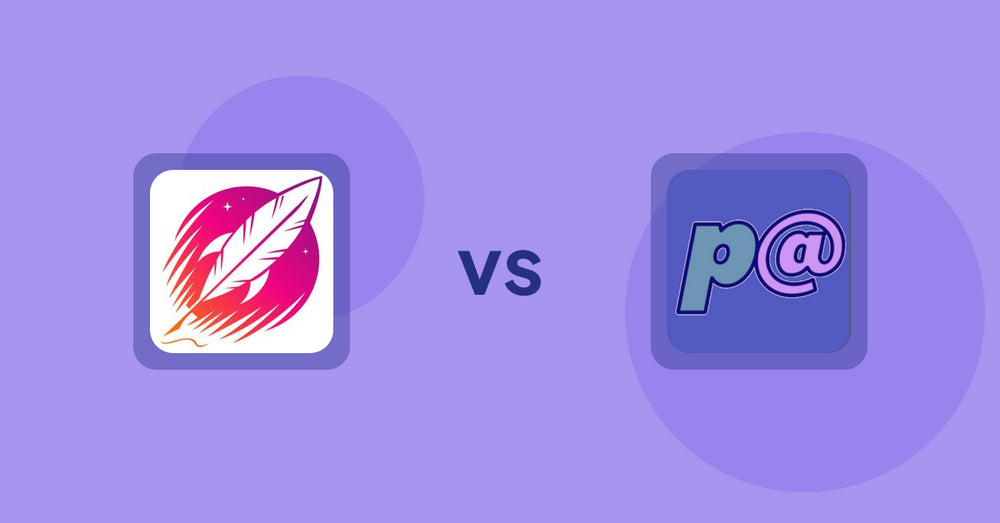
Shopify Product Display Apps: Wordsmith: Content Generator vs Parameterizer

Shopify Product Display Apps: Wordsmith: Content Generator vs Reelify ‑ Shoppable Reel Video
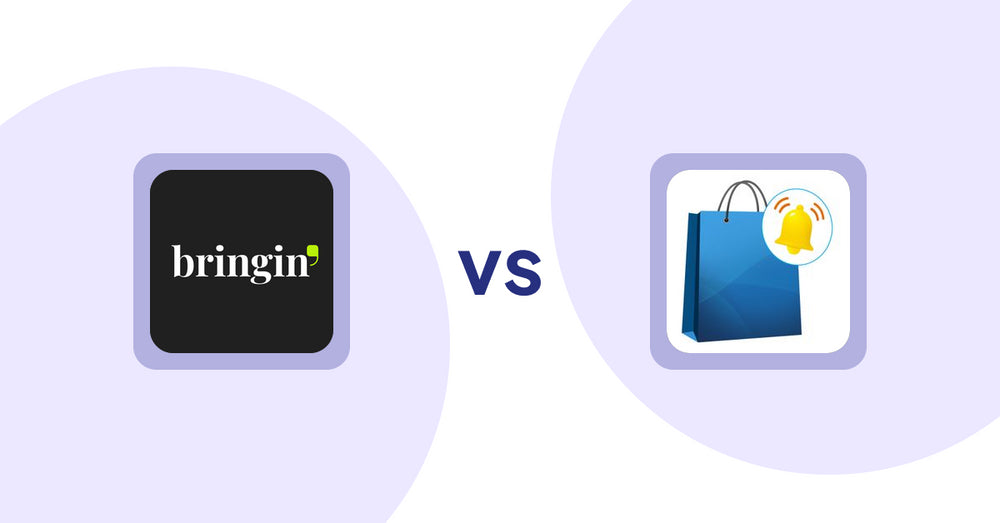
Shopify Product Display Apps: Bringin vs CartBar ‑ Product Purchase Bar
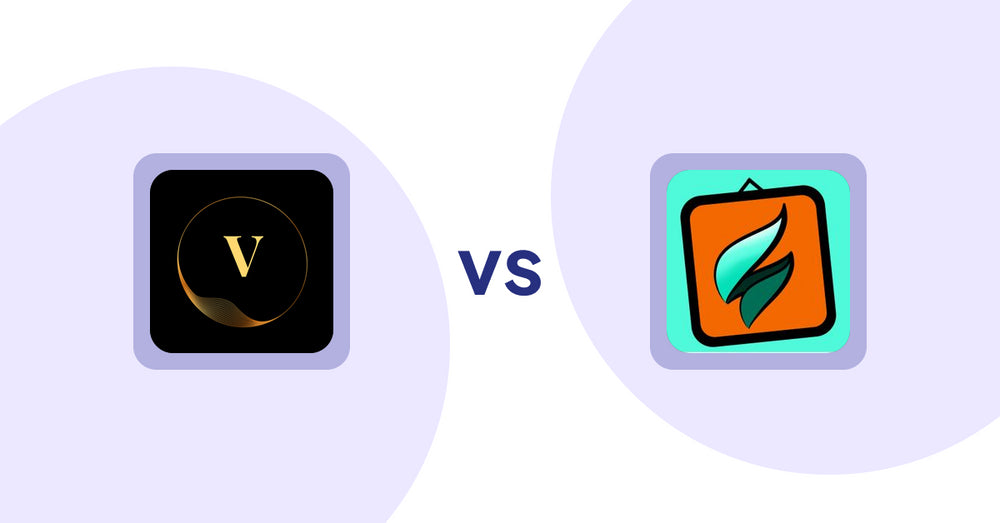
Shopify Product Display Apps: ProductTube vs SMART ‑ Art Product Builder

Shopify Product Display Apps: Xpander vs PDP Star

Shopify Product Display Apps: Xpander vs Banter Stories
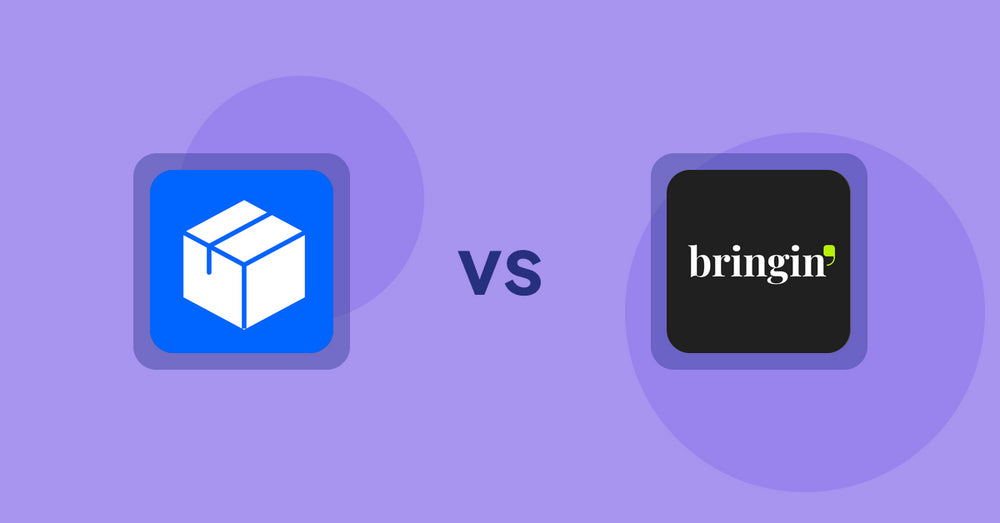
Shopify Product Display Apps: Wonderful Widgets vs Bringin

Shopify Product Display Apps: BookE - Rent Property & Service vs Metadrob: Create Virtual Store
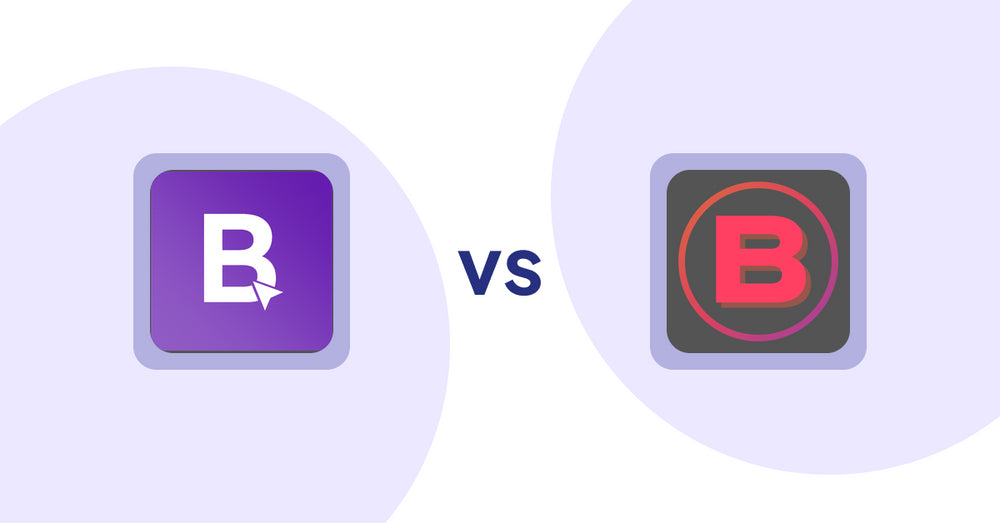
Shopify Product Display Apps: BookE ‑Rent Property & Service vs. Banter Stories
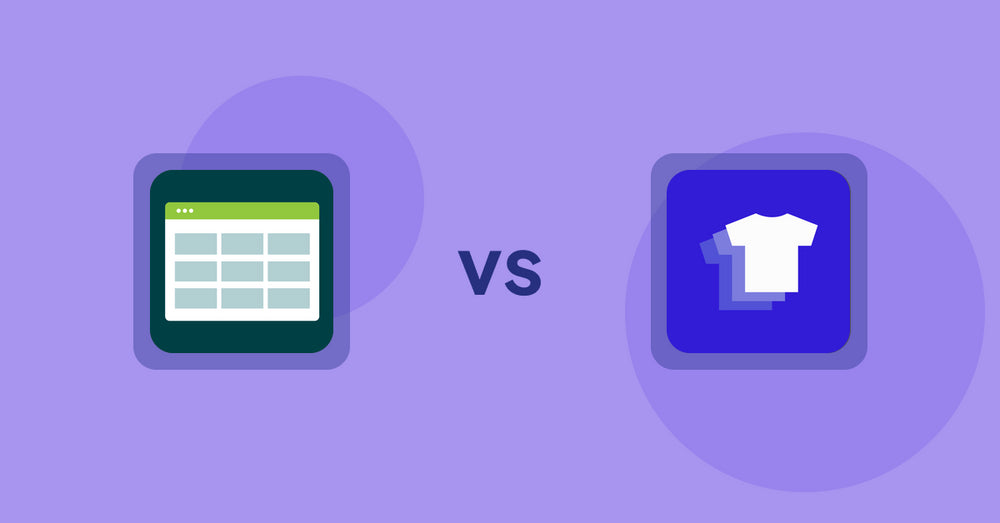
Shopify Product Display Apps: Product Table vs. Xpander
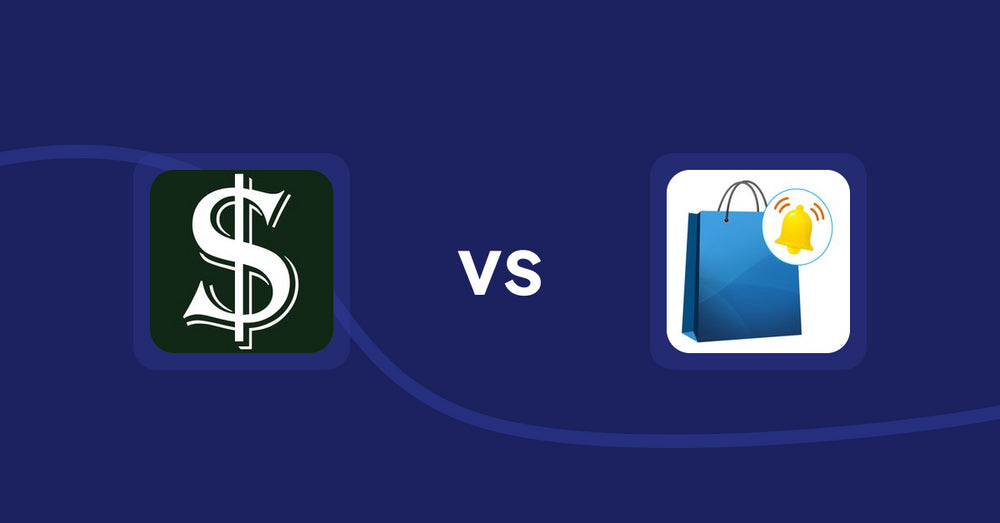
Shopify Product Display Apps: Selling Fast vs CartBar ‑ Product Purchase Bar
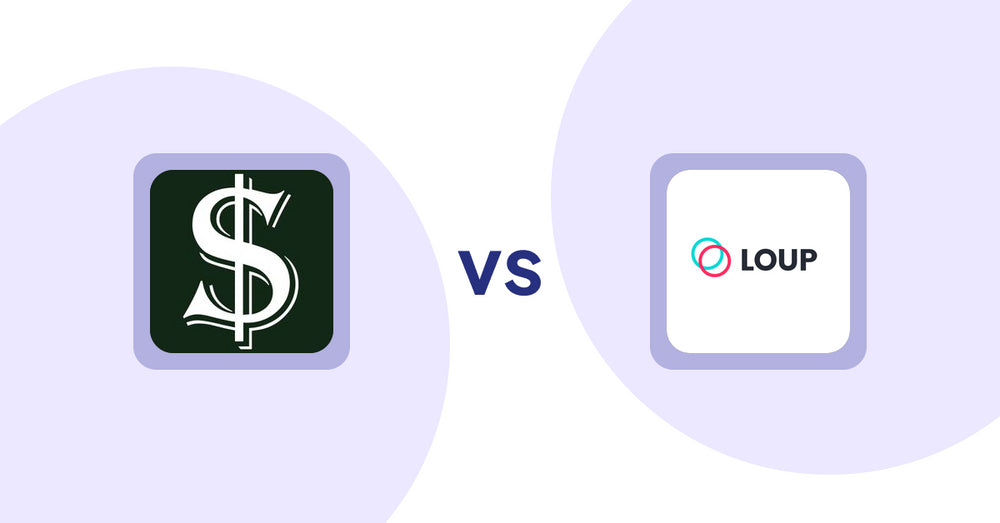
Shopify Product Display Apps: Selling Fast vs. Loup: Sell on Instagram
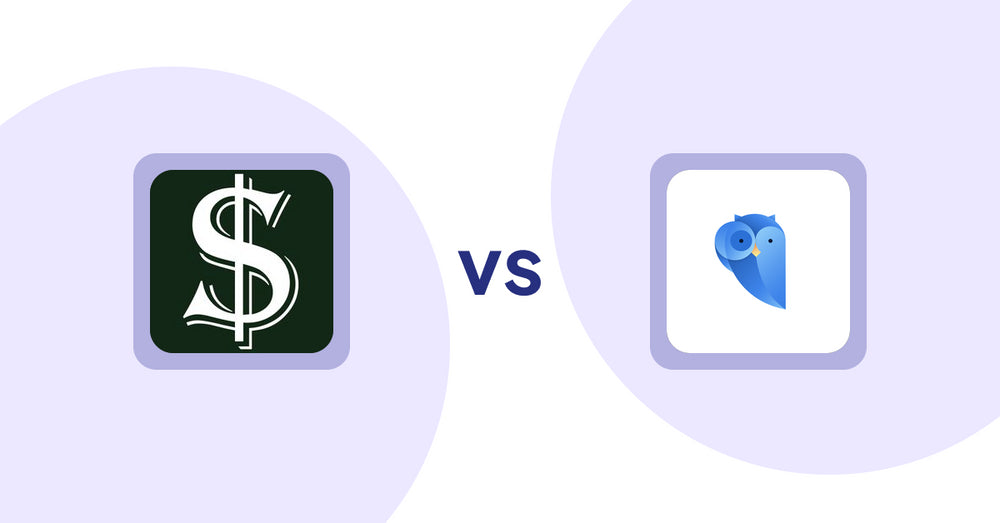
Shopify Product Display Apps: Selling Fast vs. Findify Search & Merchandise

Shopify Product Display Apps: Selling Fast vs. Aiuta
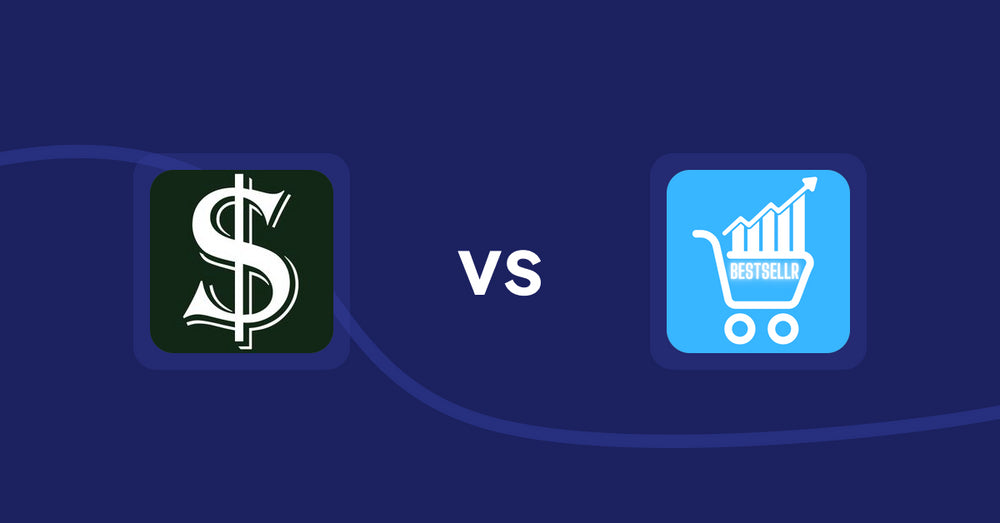
Shopify Product Display Apps: Selling Fast vs Bestsellr

Shopify Product Display Apps: Selling Fast vs ProductTube
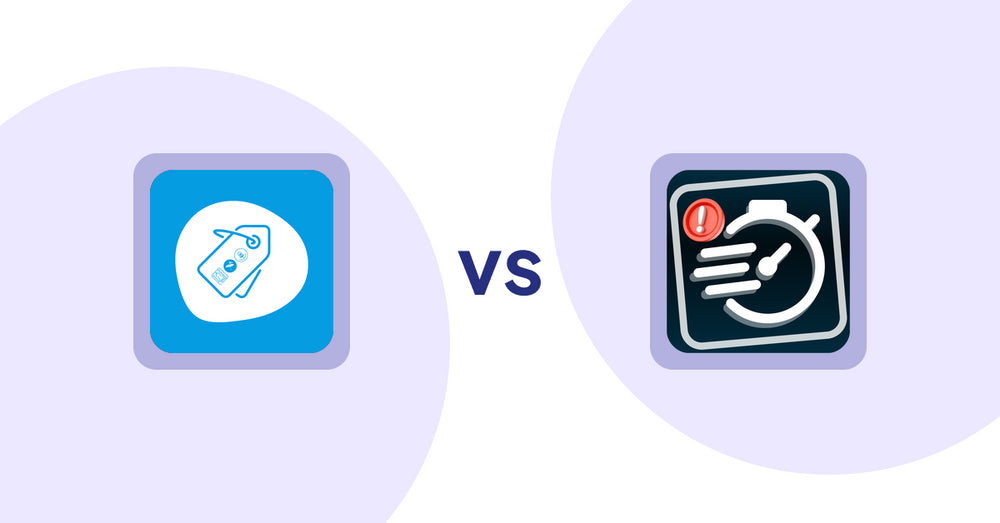
Shopify Product Display Apps: Extendons Product Tag Images vs Urgency! Low Stock Counter
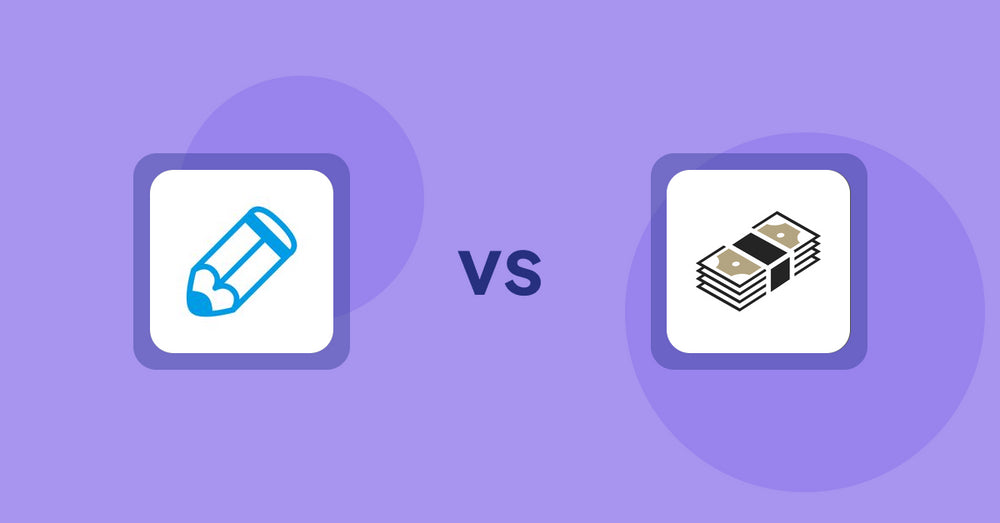
Shopify Product Display Apps: Writer Sofia vs シンプルクラウドファンディング|お手軽自社クラファン
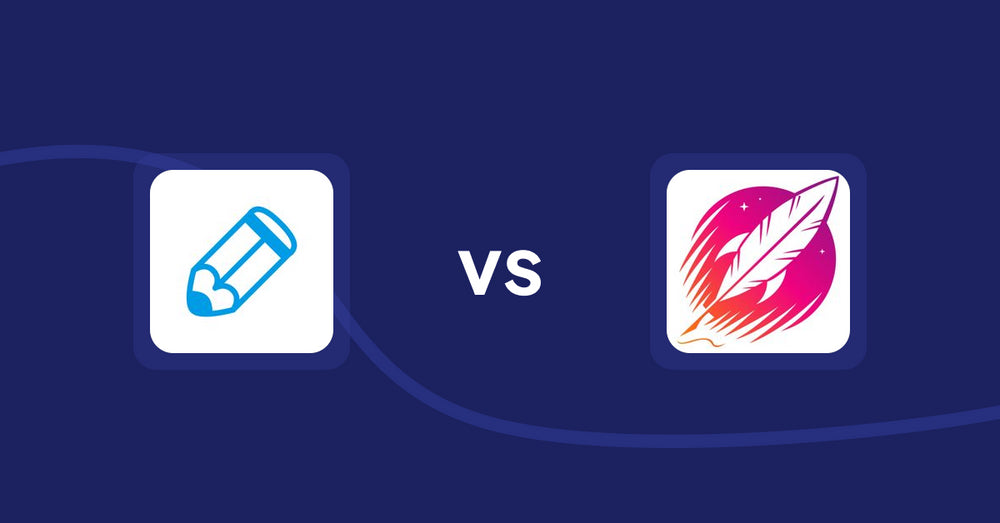
Shopify Product Display Apps: Writer Sofia vs Wordsmith: Content Generator
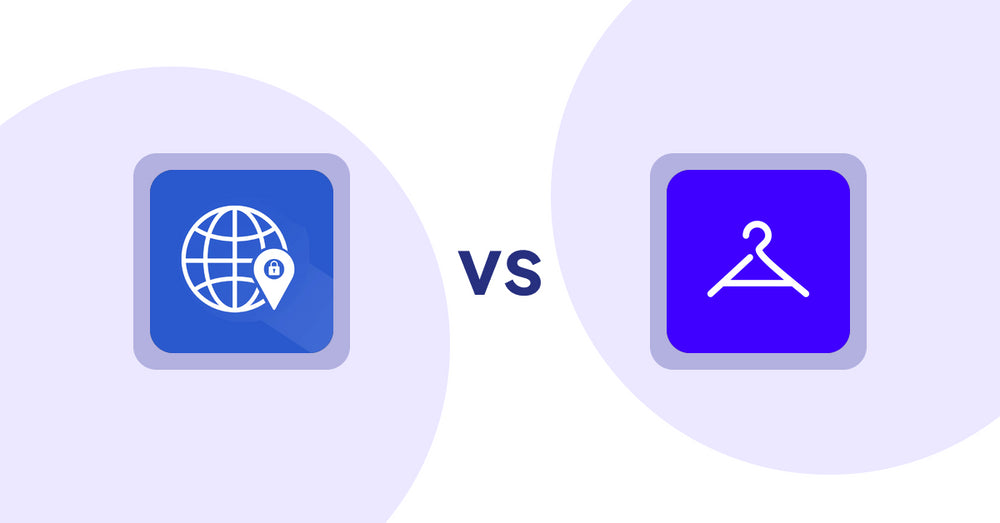
Shopify Product Display Apps: Addify ‑ Country Restrictions vs Aiuta
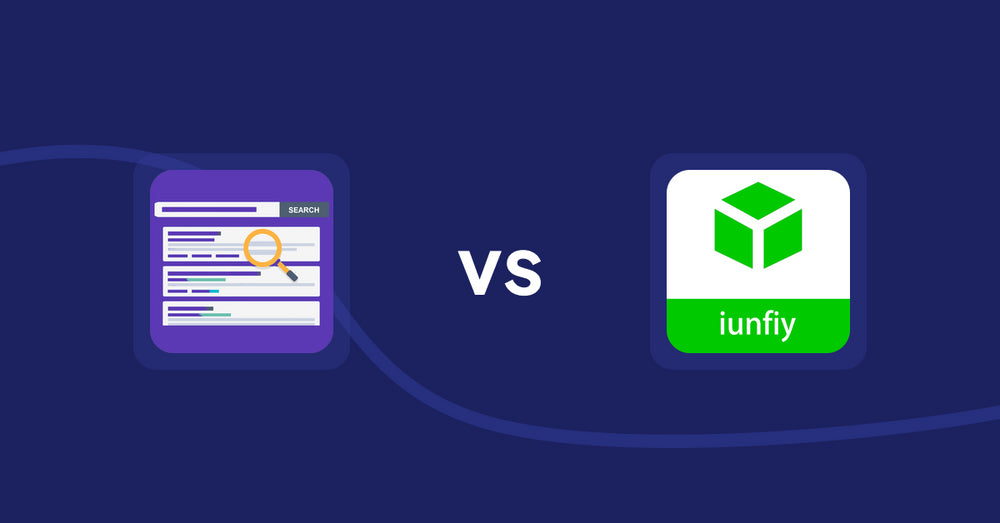
Shopify Product Display Apps: Spark AI Products Description vs iunfiy • Related Products

Shopify Product Display Apps: BeUnico vs Loup: Sell on Instagram
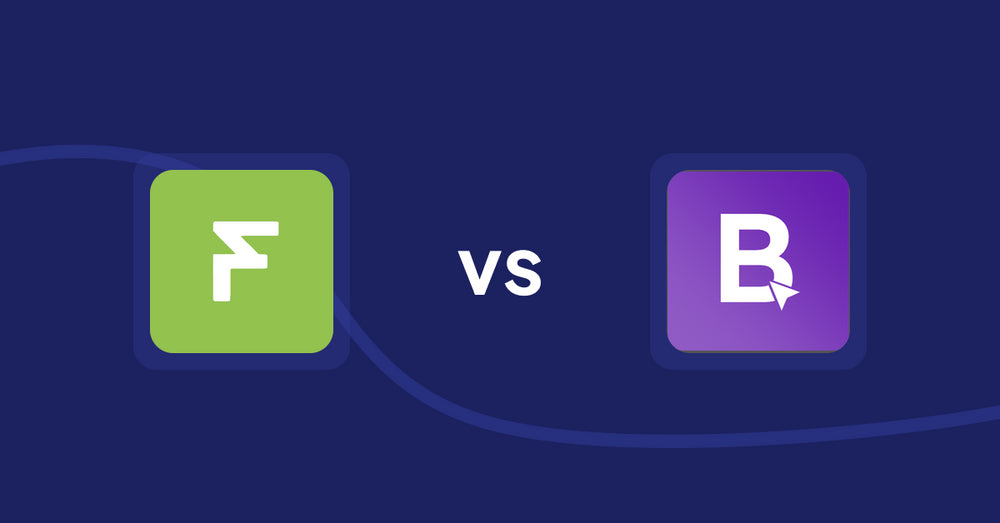
Shopify Product Display Apps: Easy Estimate Shipping vs BookE ‑Rent Property & Service
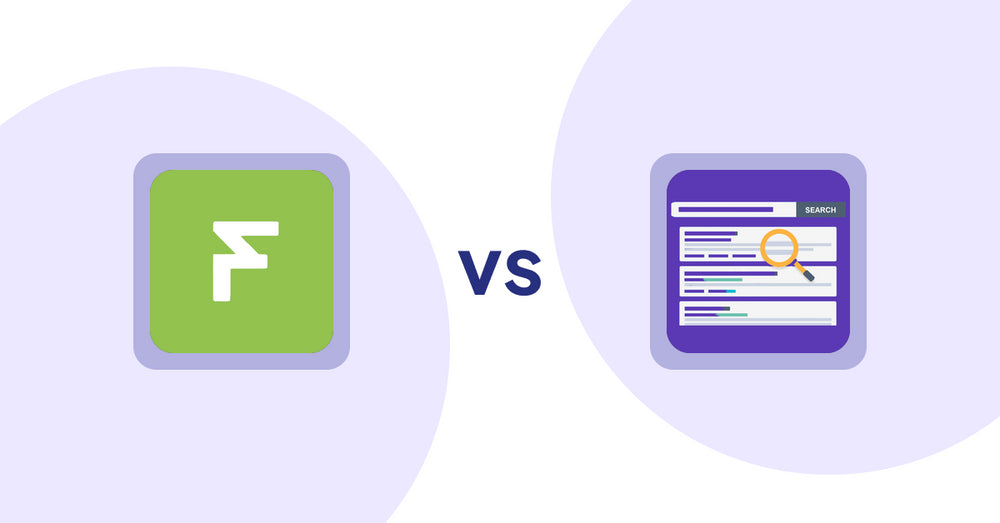
Shopify Product Display Apps: Easy Estimate Shipping vs. Spark AI Products Description
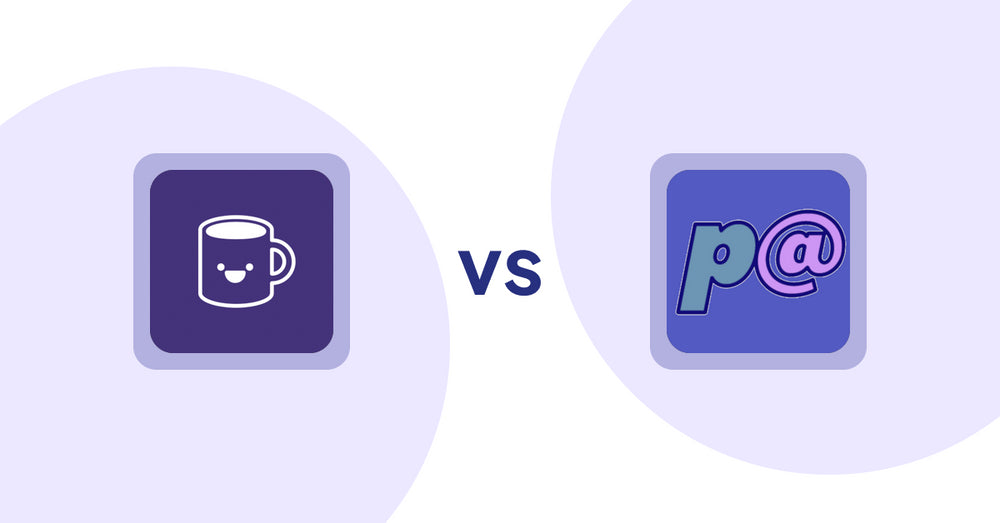
Shopify Product Display Apps: Mugshot Bot vs Parameterizer

Shopify Product Display Apps: Peftrust vs. Wordo ‑ ChatGPT AI Description
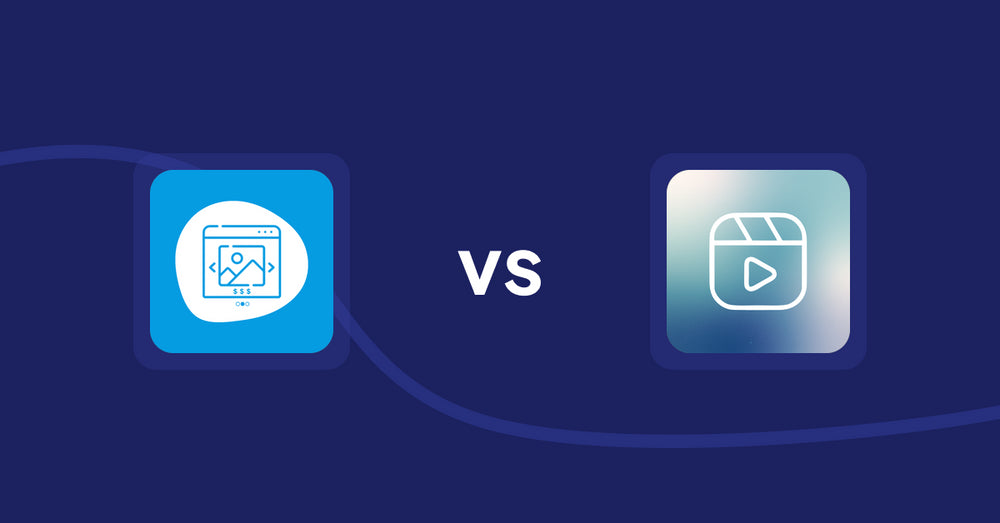
Shopify Product Display Apps: Quick Product Navigator Slide vs Reelify ‑ Shoppable Reel Video

Shopify Product Display Apps: Quick Product Navigator Slide vs. UR: Smart Ranking

Shopify Product Display Apps: Eazy Specification Tags Table vs Agile Attachments
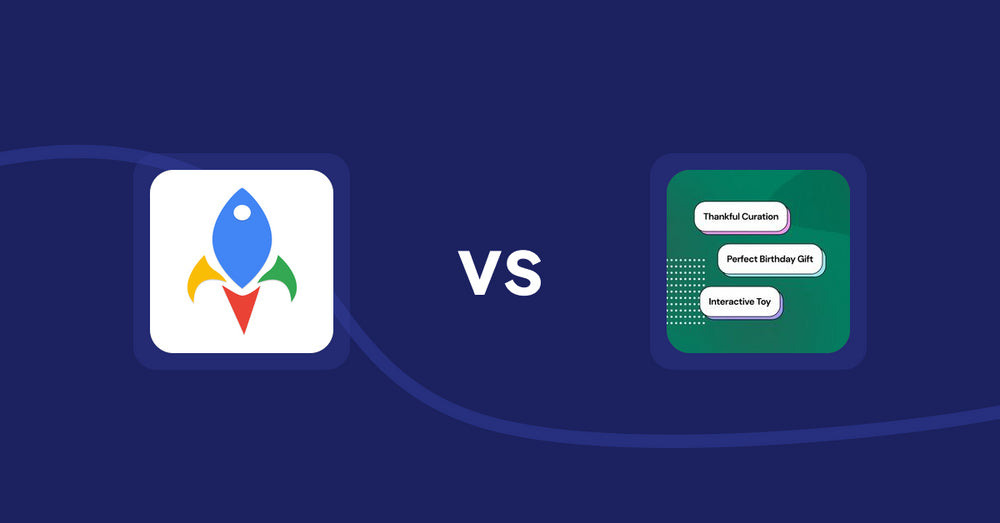
Shopify Product Display Apps: Jedi Back In Stock Admin Alert vs FeatureFrame ‑ Pretty Product
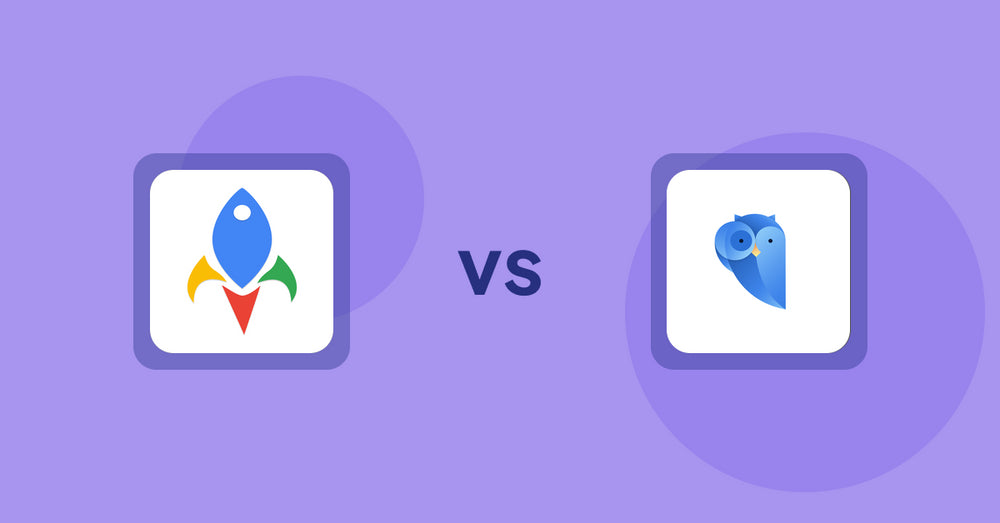
Shopify Product Display Apps: Jedi Back In Stock Admin Alert vs. Findify Search & Merchandise
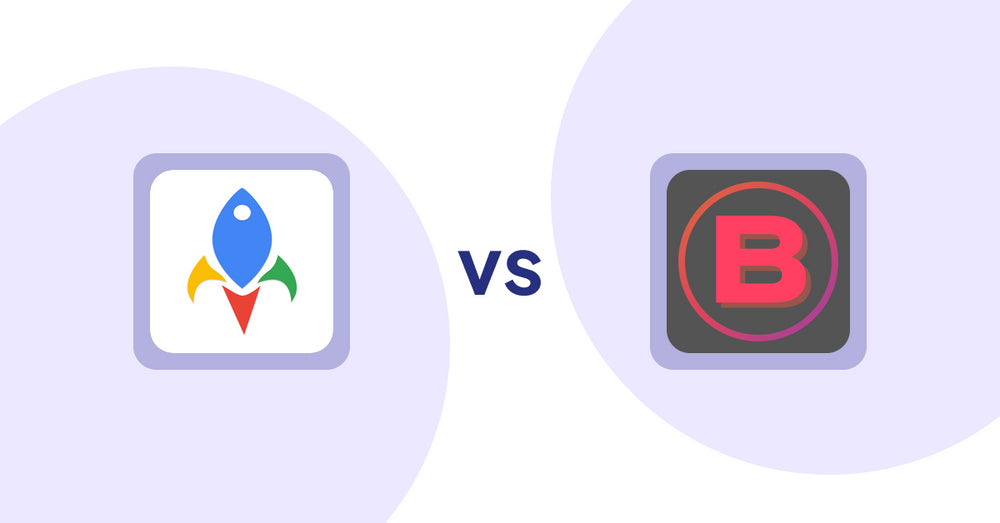
Shopify Product Display Apps: Jedi Back In Stock Admin Alert vs Banter Stories






